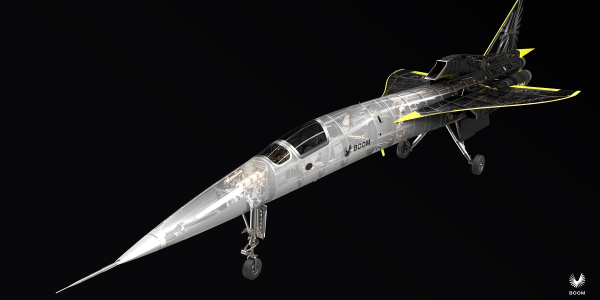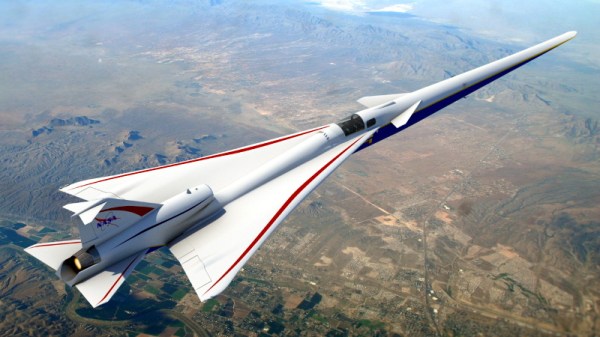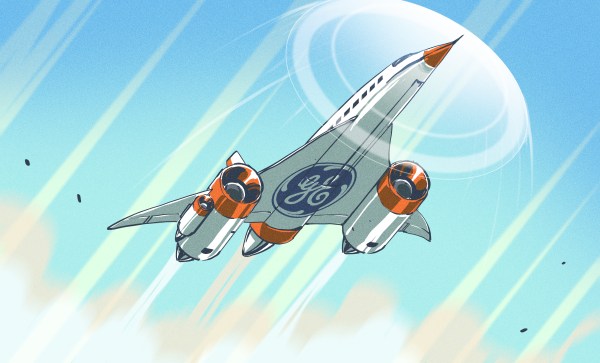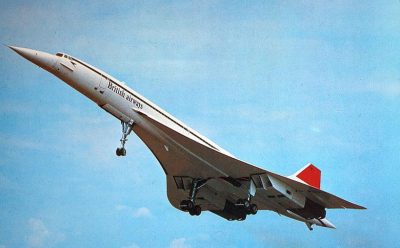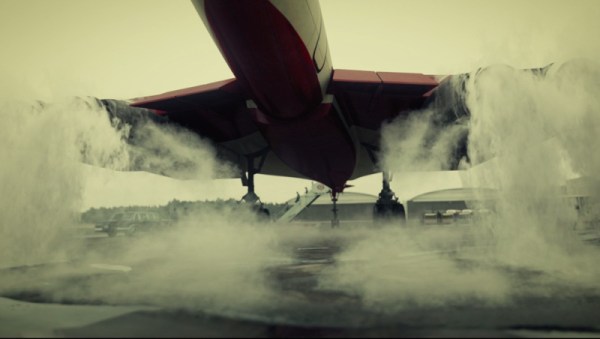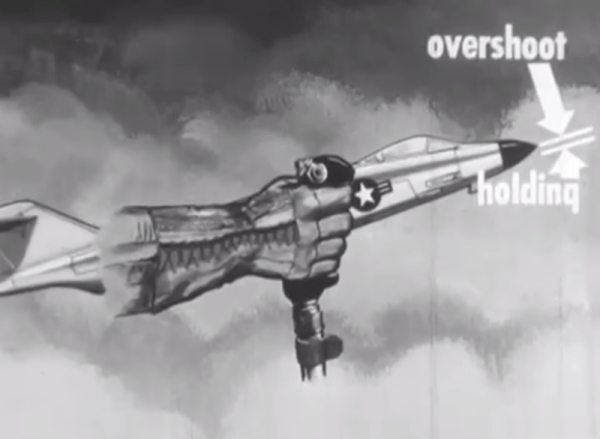Since the last Concorde rolled to a stop in 2003, supersonic flight has been limited almost exclusively to military aircraft. Many have argued that it’s an example of our civilization seeming to slip backwards on the technological scale, akin to returning to the Age of Sail. There’s no debating that we have the capability of moving civilian passengers and cargo at speeds above Mach 1 safely, it’s just something that isn’t done anymore.
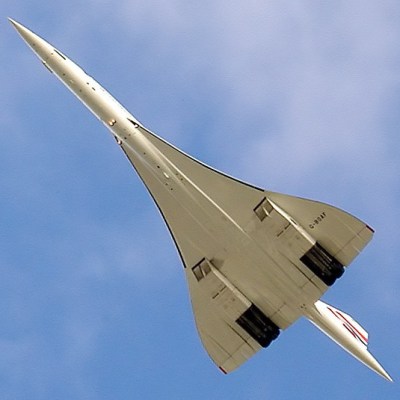
Of course to be fair, there’s plenty of good reasons why the sky isn’t filled with supersonic aircraft. For one, they’ve historically been more drastically expensive to build and operate than their slower peers. The engineering that goes into an aircraft that can operate for an extended period of time at supersonic speeds doesn’t come cheap, nor do the materials required. But naturally, the same could have been said for commercial jet aircraft at one time. With further development, the cost would eventually come down.
The real problem holding supersonic aircraft back is much more practical: they are just too loud. From the roar of their powerful engines on takeoff to the startling and sometimes even dangerous “sonic boom” they leave in their wake, nobody wants them flying over their homes or communities. In fact, civilian flight above Mach 1 over land has been outlawed in the United States for exactly this reason since 1973 under the Federal Aviation Administration’s regulation 91.817.
For any commercial supersonic aircraft to be viable, it needs to not only be much cheaper to build and operate than older designs, but it also needs to be far quieter. Which is exactly what Boom hopes to demonstrate with their XB-1 prototype. The sleek craft will never enter into commercial service itself, but if all goes according to plan during its 2021 test flights, it may prove that the state-of-the-art in aircraft design is ready to usher in a new era of supersonic civilian transport.
Continue reading “Boom Hopes To Reignite Supersonic Travel With XB-1”

